18 Wild Animals in El Salvador [Wildlife in El Salvador]
Want to know more about the wildlife in El Salvador?
Discover 18 wild animals in El Salvador in this post, as well as interesting facts about them. 🇸🇻
Learn All About Salvadoran Animals
Ready to learn all about Salvadoran animals?
I’ve always been fascinated by animals, and by how they can be so different from one country to another. In this guide, we’ll focus on the many animals El Salvador has on the land, in the sky, and underwater.
I’ve split the guide into 4 categories:
- Native animals from El Salvador
- Endangered animals of El Salvador
- What is El Salvador national animal?
- How many animals native to El Salvador?
Let’s dive in right away with our first category!
Native Animals from El Salvador
El Salvador is an American country located in the central part of the continent, next to the Pacific Ocean. It is one of the smallest countries in all of the Americas, and it used to be a Spanish colony. It is bordered by Honduras and Guatemala, and its capital and largest city is San Salvador, which counts more than 570,000 inhabitants (but more than 2,406,000 if you include the metropolitan area!).
An interesting part of the country that I wanted to tackle is its wildlife. In light of that, I have listed the best of it, and I hope you will love learning what animals live in El Salvador.
Here’s the El Salvador animals list.
1. Water opossum
- Name: Water opossum
- Scientific name: Chironectes minimus
- Conservation status:
The water opossum, also known as the yapok, is a species of marsupial native to Mexico, Central America, and South America. It is a semiaquatic animal that can be found in or near freshwater streams and lakes, and it is the most aquatic living marsupial.
This species is perfectly adapted to living in the water, with short, dense, and water-repellent fur. It has webbed hind feet and a long tail that are all ideal for swimming.
2. Jaguarundi
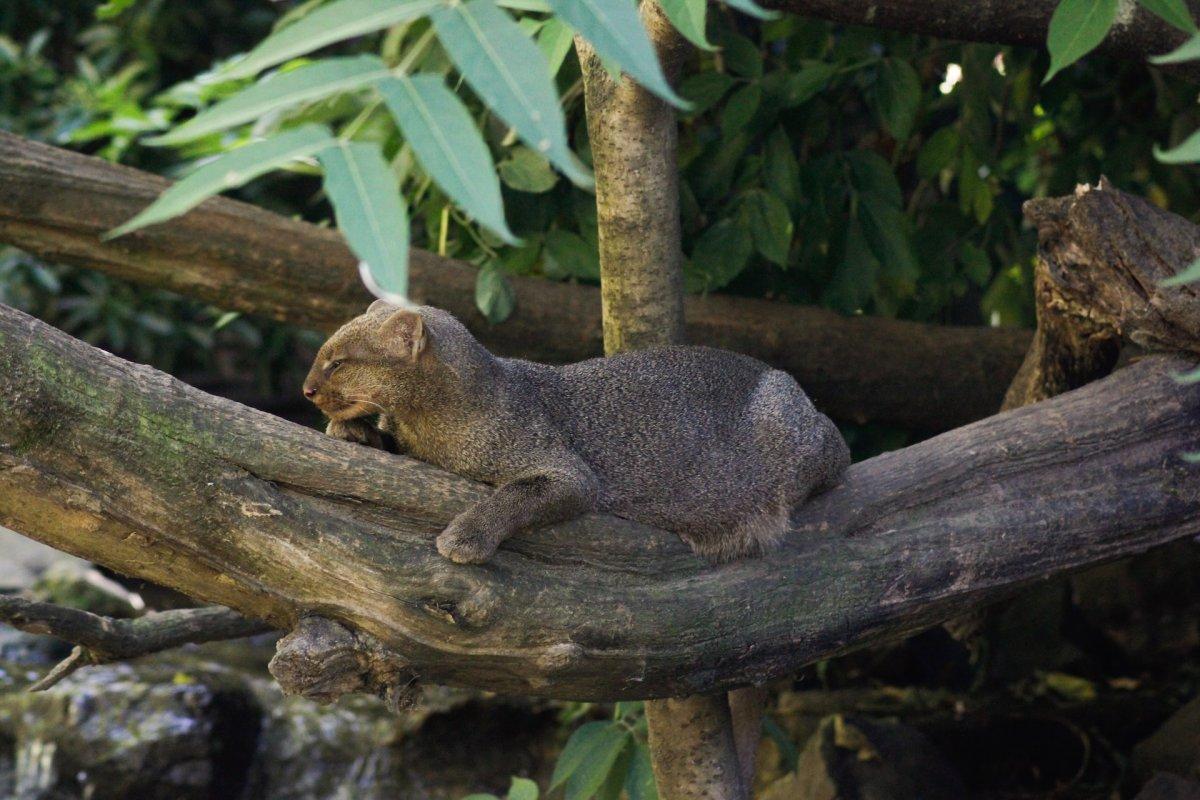
- Name: Jaguarundi
- Scientific name: Herpailurus yagouaroundi
- Conservation status:
The jaguarundi is a species of wild cat native to the Americas. It can be found from central Argentina to northern Mexico, as well as in the Andes. It has a long body with short legs and a long tail and is alert and elusive.
This animal is either solitary or lives in pairs in the wild, while captive individuals like to form larger groups. Besides, even though it is an excellent climber, it usually hunts on the ground.
3. Jaguar
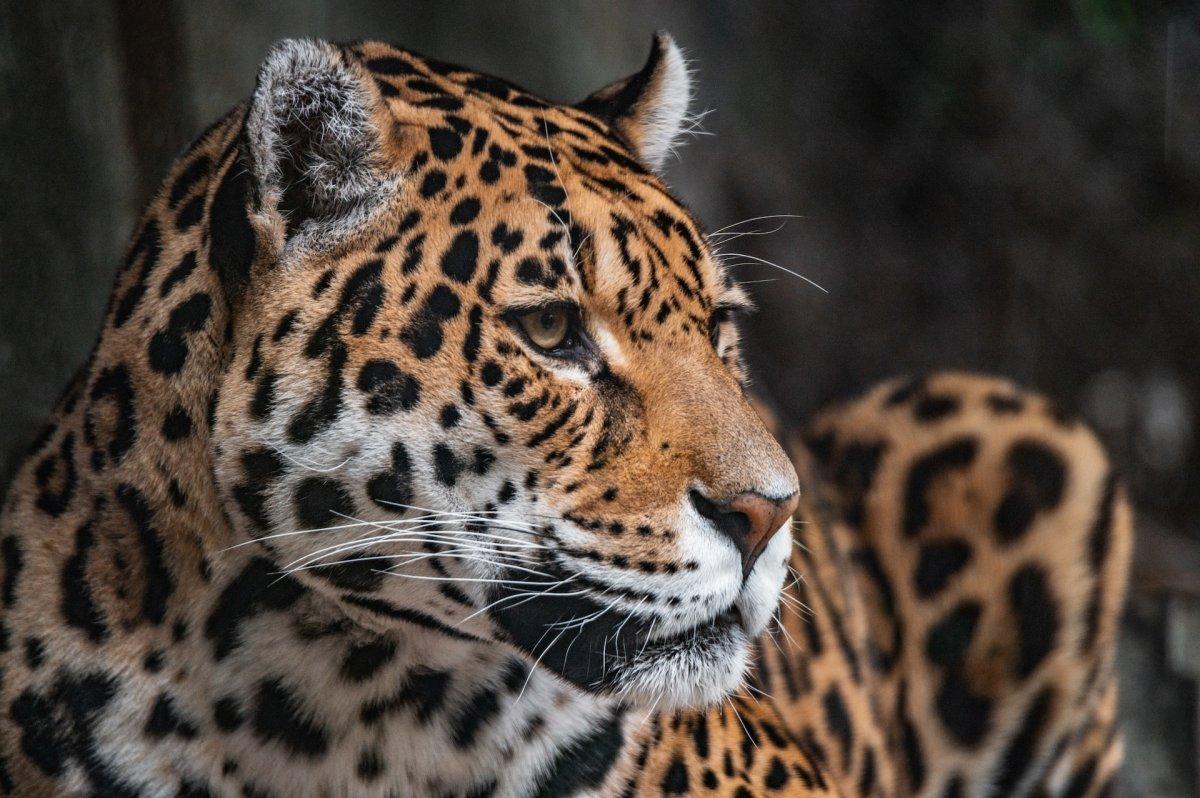
- Name: Jaguar
- Scientific name: Panthera onca
- Conservation status:
You didn’t think I would mention the jaguarundi without talking about the jaguar, did you?
This large wild cat species is the most iconic Central and South American animal. Sadly, it is seriously threatened by habitat loss and fragmentation, killings in conflict situations, and poaching for trade with its body parts. It needs to be protected, as it is a keystone species, and it was also an important part of the Aztec and Maya civilizations’ mythology.
4. Baird’s tapir
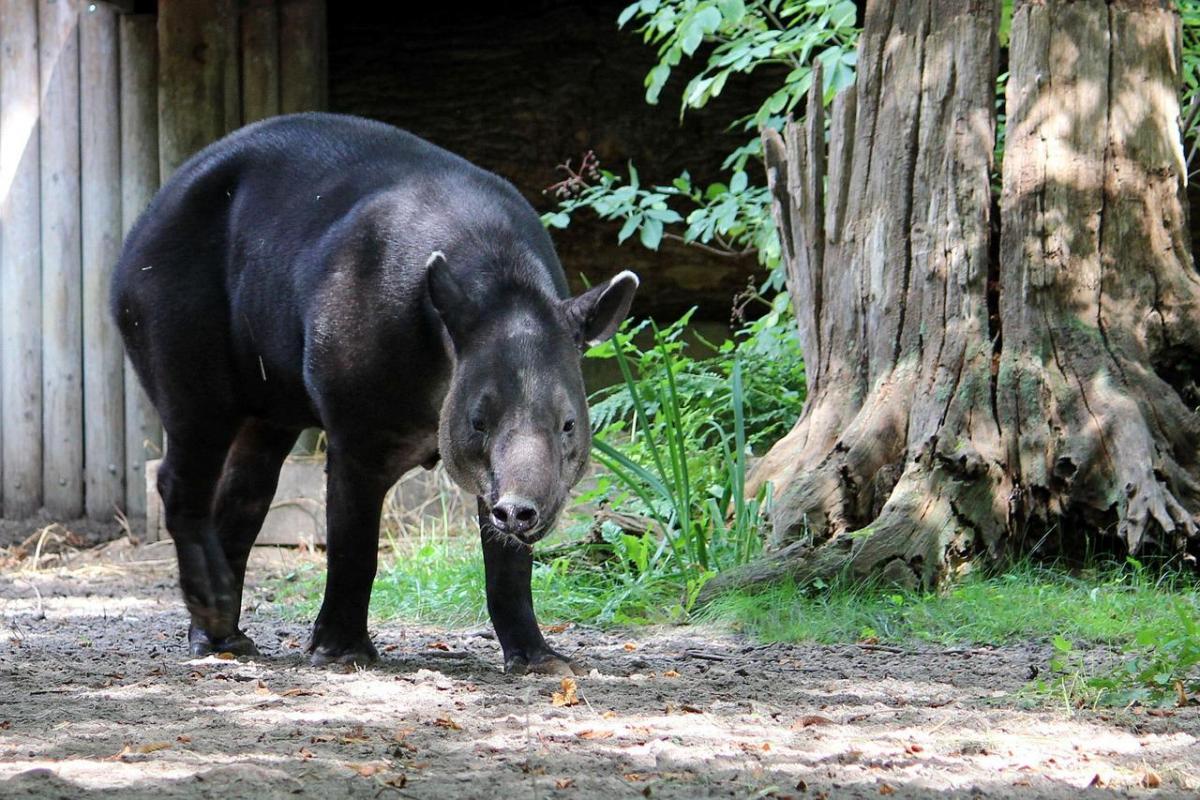
- Name: Baird’s tapir
- Scientific name: Tapirus bairdii
- Conservation status:
The Baird’s tapir, also known as the Central American tapir, is one of the three species of tapir native to the Americas. It can be found in Mexico, Central America, and northwestern South America, and it is the largest native land mammal in Central and South America.
Though it can be active at all hours, it is mostly a nocturnal animal that forages on the ground for fallen fruit and leaves.
5. White-lipped peccary
- Name: White-lipped peccary
- Scientific name: Tayassu pecari
- Conservation status:
The white-lipped peccary is a species of peccary, a pig-like hoofed mammal, native to Central and South America. It mostly lives in the rainforest but has already been seen in grasslands, mangroves, and dry forests.
Like most pig species, the white-lipped peccary is omnivorous, feeding mostly on fruit, and usually travels great distances to find the food it wants. It is active by day, mostly in the morning and the afternoon, and spends most of its time traveling and feeding.
6. Humpback whale
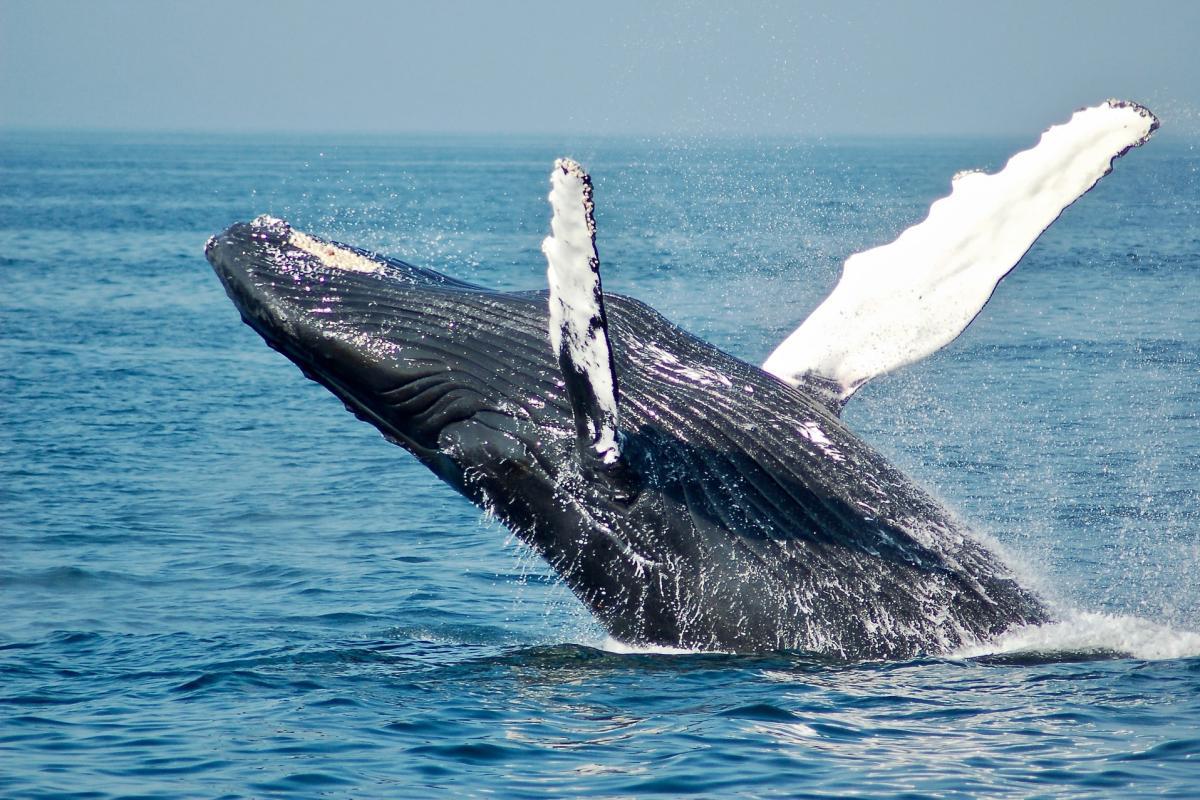
- Name: Humpback whale
- Scientific name: Megaptera novaeangliae
- Conservation status:
Do not forget this: El Salvador is right next to the ocean, and therefore there is a lot of marine wildlife to talk about, starting off with whales!
The humpback whale is one of the most famous and widely appreciated species of whales. It has a characteristic behavior and always does figures when breaching the water surface, which is why it is so loved by whale watchers. Fortunately, while it used to be on the brink of extinction, it has now largely recovered.
7. Common bottlenose dolphin
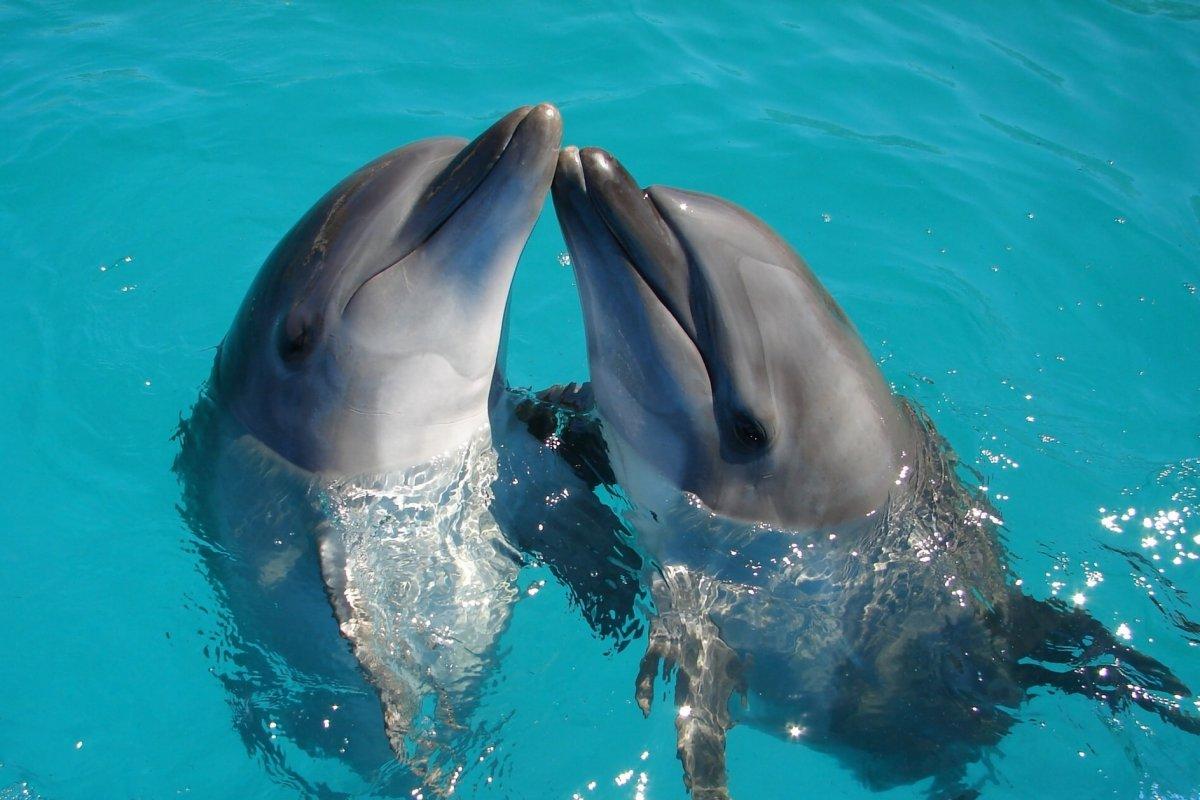
- Name: Common bottlenose dolphin
- Scientific name: Tursiops truncatus
- Conservation status:
The common bottlenose dolphin, also known as the Atlantic bottlenose dolphin, is a species of marine mammal that has one of the widest ranges. It can be found in almost any sea or ocean in the world, except for the northernmost and southernmost parts of the planet.
This dolphin is the largest of all beaked dolphins, and it has, interestingly enough, a larger brain than humans. Its intelligence does not need to be proven anymore, as it is capable of self-recognition, object categorization, and use of artificial language!
8. Red-billed tropicbird
- Name: Red-billed tropicbird
- Scientific name: Phaethon aethereus
- Conservation status:
The red-billed tropicbird is a species of tropicbird native to Central and South America, as well as Africa and the Arabian Peninsula. It has indeed a red bill, as well as a black mask and, most notably, tail streamers that are twice as long as its body.
Depending on the area, this tropical bird is facing different threats. In some, black and brown rats raid nests. In others, it’s cats. Despite this and the decline of its population, the red-billed tropicbird is still considered of least concern for now.
9. American crocodile
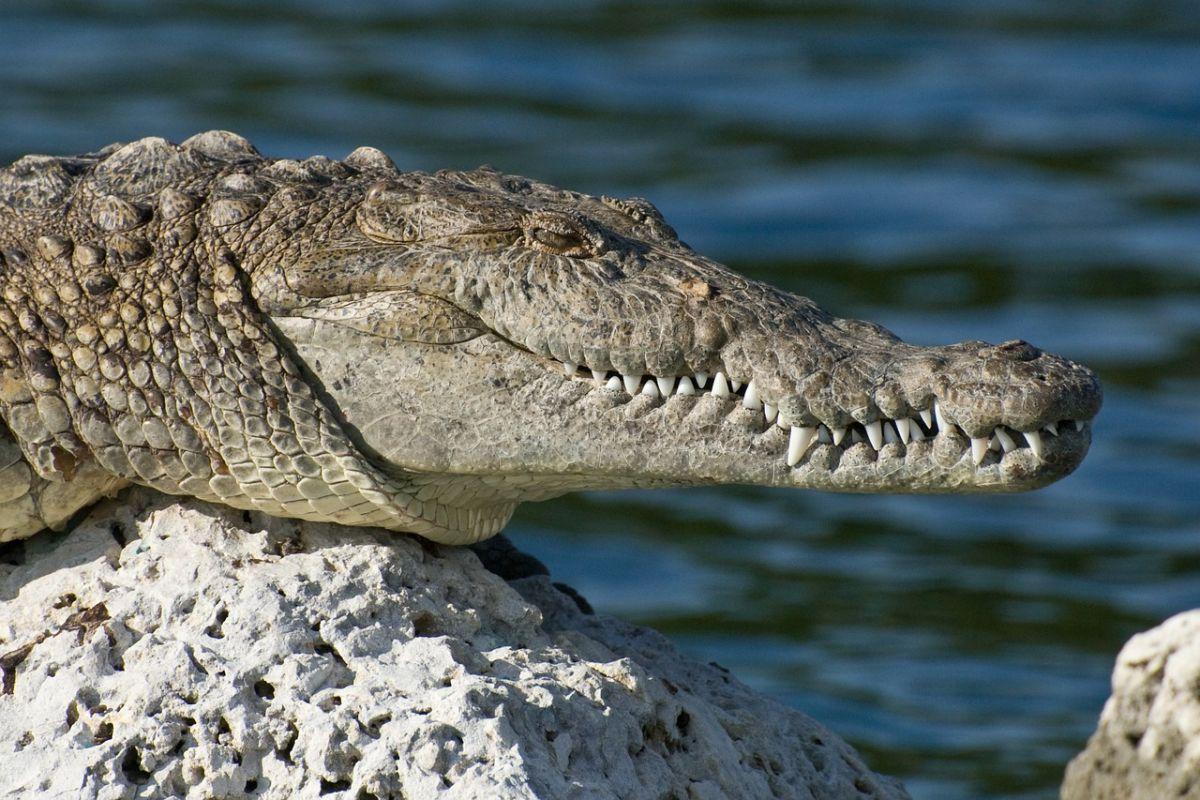
- Name: American crocodile
- Scientific name: Crocodylus acutus
- Conservation status:
The American crocodile is the most widespread species of crocodilian in the Americas: it can be found from southern Florida to Peru and Venezuela. It has salt glands underneath its tongue, which allows it to tolerate salt water, and it is in fact the only crocodile species (outside the saltwater crocodile) to live in saltwater.
This crocodile is very large, as it can reach up to 6.1 m / 20 ft, and it is dangerous to humans but is not particularly aggressive unless seriously threatened.
10. Spectacled caiman
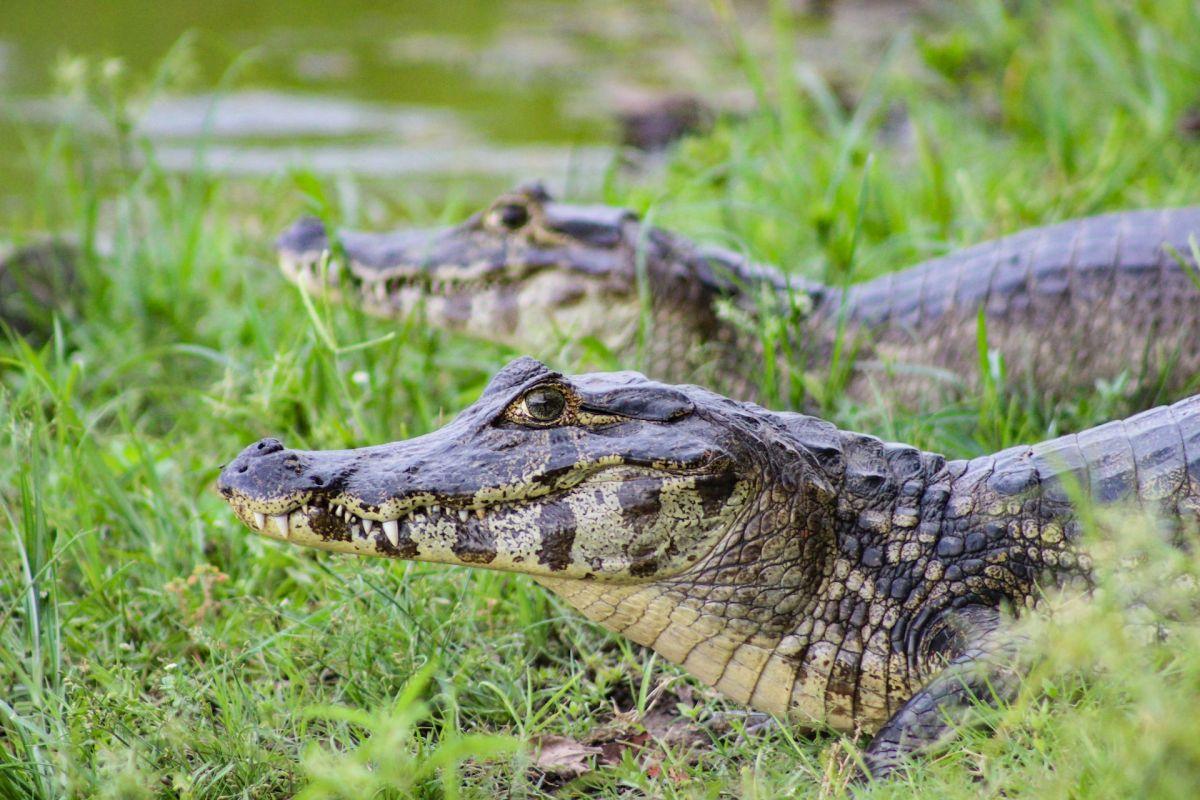
- Name: Spectacled caiman
- Scientific name: Caiman crocodilus
- Conservation status:
The spectacled caiman, also known as the speckled caiman, the white caiman, or even the common caiman, is a species of crocodilian from the alligator family. It has a large range and population, is considered of least concern, and it was introduced to Cuba, Puerto Rico, and the United States, while its native range includes Central and northwestern South America.
Its diet consists of fish, mammals, snails, and crabs, which vary seasonally.
11. Greater grison
- Name: Greater grison
- Scientific name: Galictis vittata
- Conservation status:
The greater grison is a species of mustelid native to Central and South America, as well as Mexico. It has a slender body with short legs, as well as a short, bushy tail.
This animal is terrestrial and mostly diurnal, only rarely being active at night. It is a good climber and swimmer, and although not much is known about its diet, it is presumed to feed on small vertebrates in general, from birds to fish and mammals.
12. Ocelot
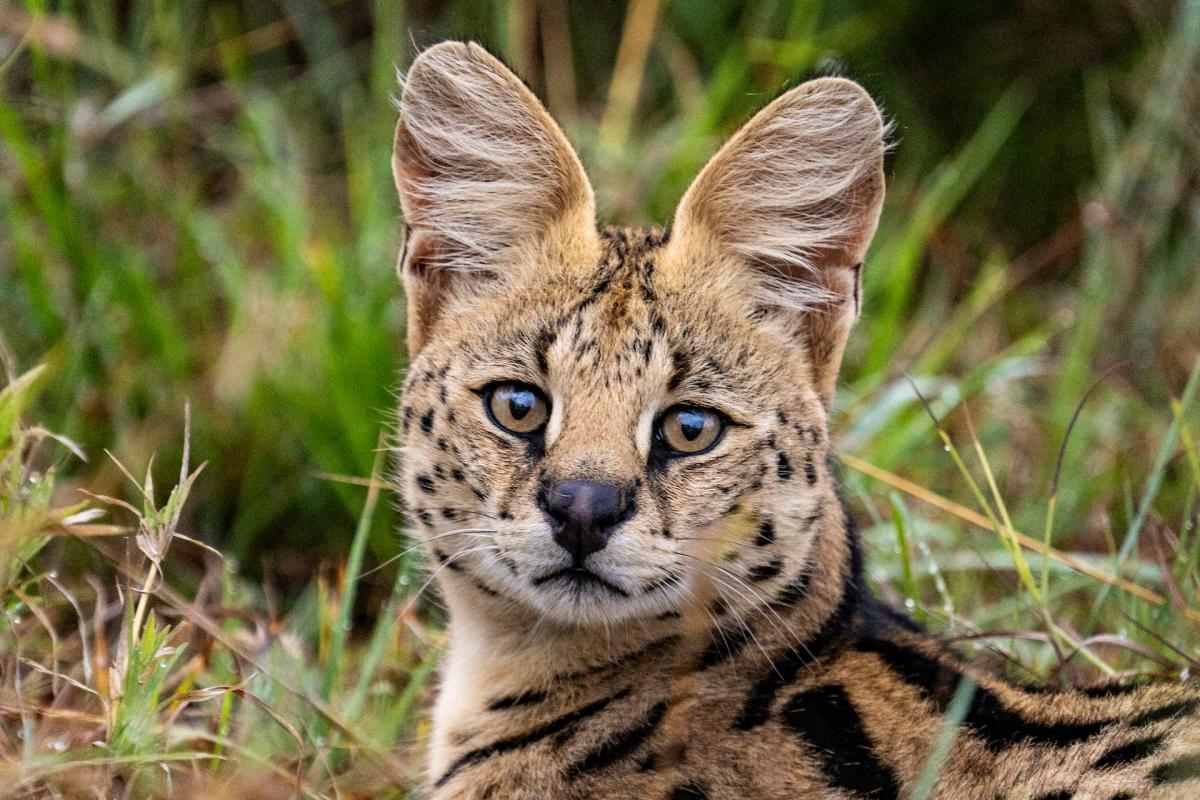
- Name: Ocelot
- Scientific name: Leopardus pardalis
- Conservation status:
The ocelot is a medium-sized species of wild cat native to Central and South America. It is mostly active at night and during twilight, and it is a territorial and solitary animal.
As you would imagine, the ocelot is an adept climber, leaper, and swimmer, and it preys on small mammals such as opossums and armadillos. Though it is listed as least concern for now, it is threatened by habitat loss, traffic accidents, and hunting.
13. Cuvier’s beaked whale
- Name: Cuvier’s beaked whale
- Scientific name: Ziphius cavirostris
- Conservation status:
The Cuvier’s beaked whale, also known as the goose-beaked whale, is the species of beaked whale with the widest distribution, which is similar to that of the common bottlenose dolphin. It is a pelagic mammal that inhabits waters deeper than 300 m / 1,000 ft.
This whale is an animal of records, as it has both the longest and the deepest recorded dives among all whales, at 222 minutes and 2,992 m / 9,816 ft respectively!
14. Magellanic penguin
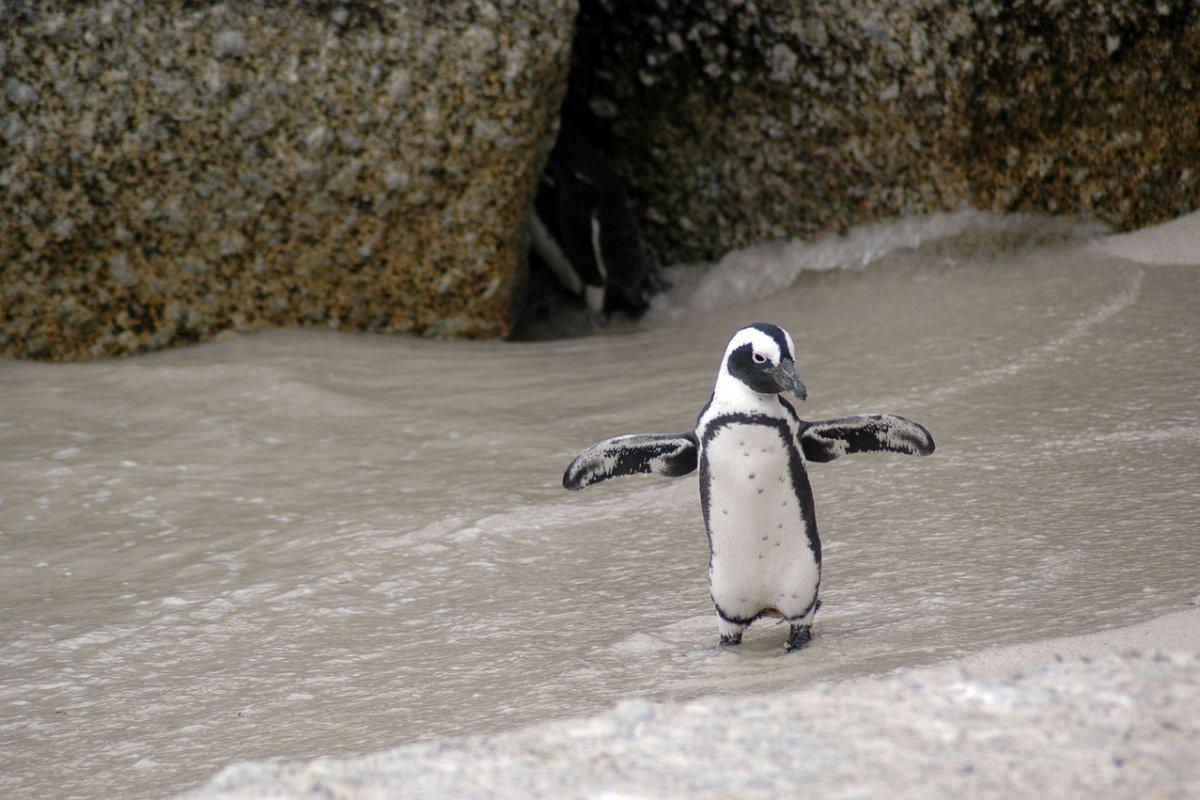
- Name: Magellanic penguin
- Scientific name: Spheniscus magellanicus
- Conservation status:
Though it is very rare, there can be a Magellanic penguin in El Salvador. Its normal range is the southern tip of South America (hence its name, because Ferdinand Magellan spotted it in 1520), but vagrants have already been seen in Australia, New Zealand, and… El Salvador.
This penguin feeds in the water and mostly eats krill, squid, and cuttlefish, as well as other crustaceans. It ingests sea water with its prey and has salt glands that help him filter the salt.
15. Jabiru
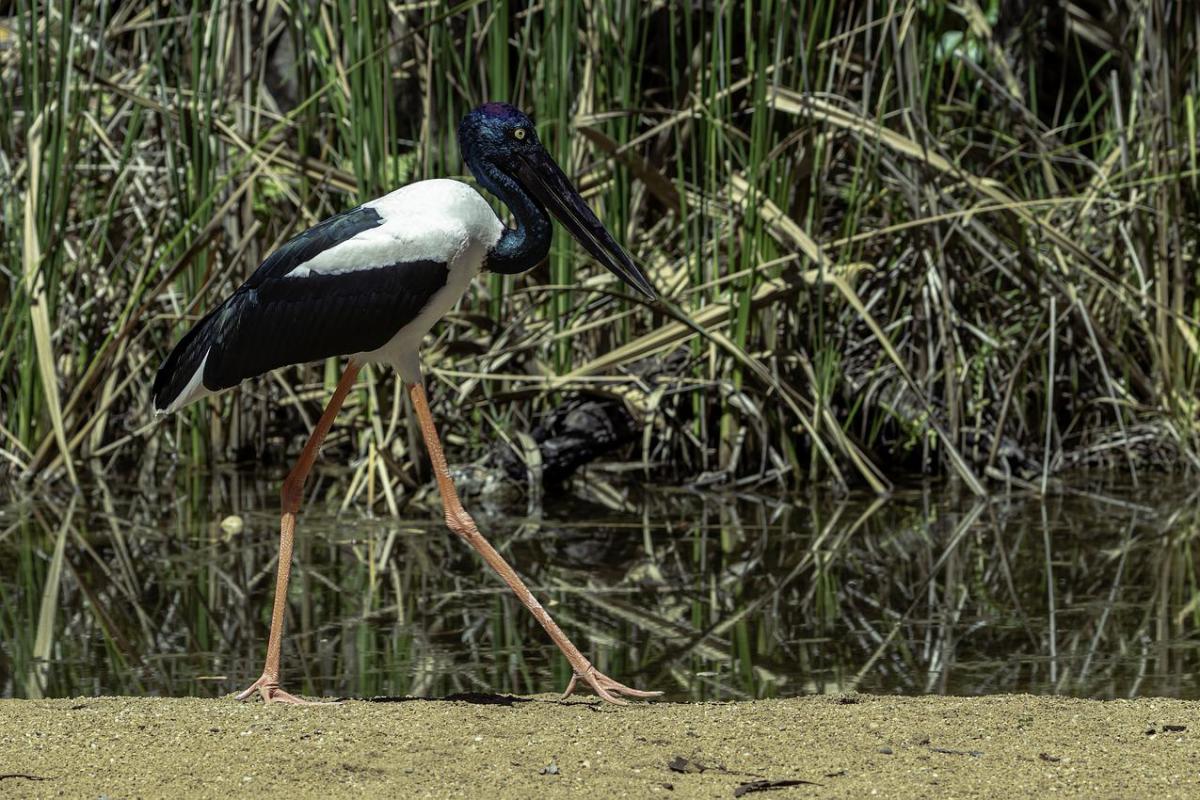
- Name: Jabiru
- Scientific name: Jabiru mycteria
- Conservation status:
The jabiru is a large species of stork native to a large part of Central and South America. It was even seen in Texas and Mississippi but is most common in its main range. Its name comes from the Tupi-Guaraní language, and it means “swollen neck”!
It is the tallest flying bird in Central and South America, and it lives in large groups near ponds and rivers. The jabiru builds a nest with sticks, and even though it is widespread, it is not abundant anywhere.
16. Giant musk turtle
- Name: Giant musk turtle
- Scientific name: Staurotypus salvinii
- Conservation status:
The giant musk turtle, also known as the Mexican giant musk turtle, is a species of turtle native to Central America. Its scientific name comes from the English naturalist Osbert Salvin.
This turtle is carnivorous, just like other musk turtle species: it feeds on a variety of crustaceans, smaller turtles, fishes, insects, mollusks, and even carrion! Its technique is to open its mouth so quickly that water is rapidly sucked in with its prey.
17. Cacomistle
- Name: Cacomistle
- Scientific name: Bassariscus sumichrasti
- Conservation status:
The cacomistle is a species of mammal from the raccoon family. It is arboreal, nocturnal, and omnivorous, and lives in wet, evergreen, and tropical woodlands as well as mountain forests.
Its name means “half mountain lion” or “half cat” in the Nahuatl language, and this word is sometimes used to call the ringtail, another species that lives in southwestern United States and northern Mexico. This animal feeds on a wide variety of food, from insects and fruits to reptiles and rodents.
18. King vulture
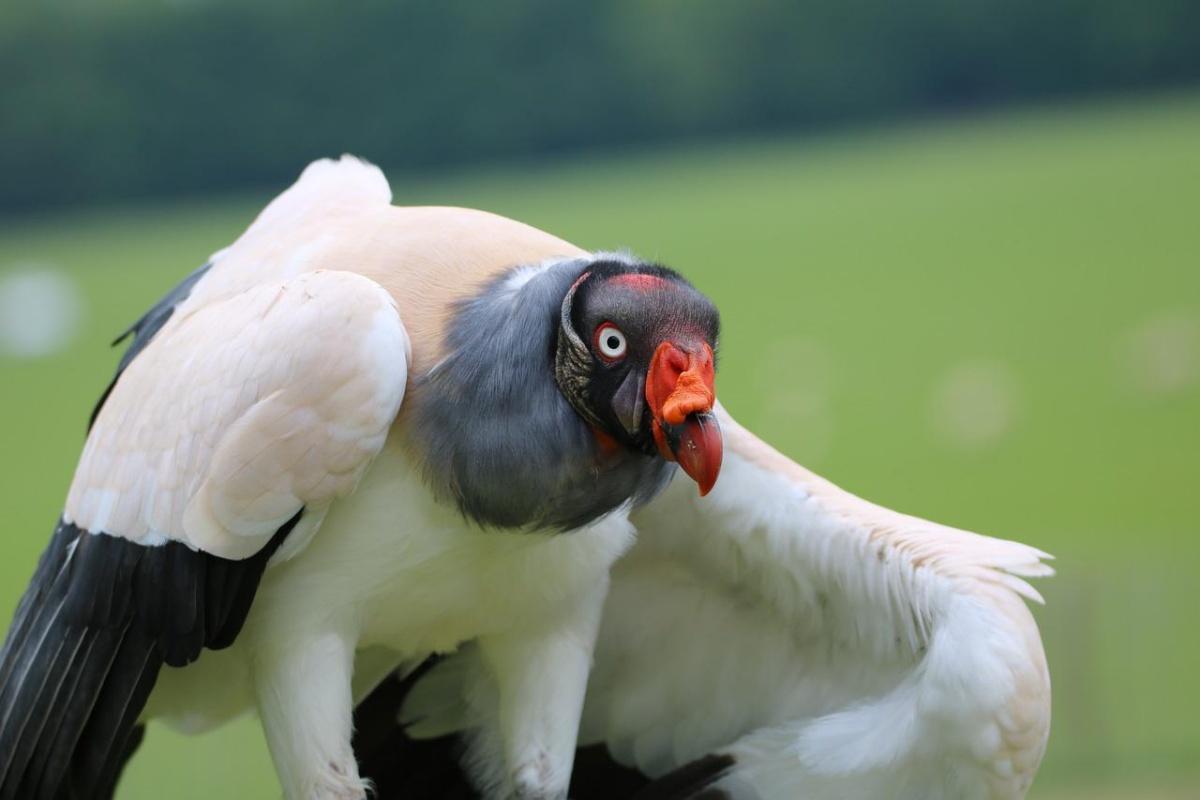
- Name: King vulture
- Scientific name: Sarcoramphus papa
- Conservation status:
The king vulture is truly a majestic creature. It is a large bird native to Central and South America, and it is the only surviving member of its genus. It has been known to live for up to 30 years in captivity, and it was a popular figure in the Mayan culture.
Similar to most vultures, the king vulture is a scavenger. Interestingly enough, it is often the one to make the initial cut into a fresh carcass, and it does not hesitate to chase away smaller vulture species.
—
So there you have them, these were my 18 wild animals in El Salvador. I hope you enjoyed this list and that you learned something new today.
In case you want to learn more about animals in the country, feel free to keep reading, as I still have lots of things to tell you about:
Endangered Animals of El Salvador
This is definitely the saddest part of the list, but it is very important to raise awareness. Because of this, let’s go through the list of endangered animals in El Salvador.
Here are the animals in danger of extinction in El Salvador.
- None
- Galapagos petrel
- Oceanic whitetip shark
- Scoophead shark
- Pacific smalltail shark
- Yellow-naped amazon
- and 6 more…
- Spinetail devil ray
- Whitespotted eagle ray
- Bonnethead shark
- Basking shark
- Pacific nurse shark
- and 21 more…
To see the full list of endangered species in El Salvador, head over to the International Union for Conservation of Nature’s Red List.
What is the National Animal of El Salvador?
The national animal of El Salvador is the turquoise-browed motmot.
The motmot is a family of birds that includes rollers, bee-eaters, and kingfishers, among others. They eat small prey such as lizards and insects, and also feed on fruit.
In El Salvador, the national animal’s subspecies is the turquoise-browed motmot. It is well-known in its range and is locally called the Torogoz.
How Many Animals Native to El Salvador?
What is the diversity of native animals in El Salvador?
Let’s look at the total number of species of Chordata (mammals, birds, fishes and reptiles).
Total number of animal species in El Salvador: 1,715 (8,066 in total in Mesoamerica)
More About Animals in the World!
Loved these El Salvador wildlife facts? Want to see what animals live in other countries?
Then check out these posts:
Or click here to see ALL the facts up on the blog! Spoiler alert: there’s A LOT of them.
Share the knowledge! Click on the buttons below to share information about these famous animals that live in El Salvador with your friends, and help them learn more about the world 🙂
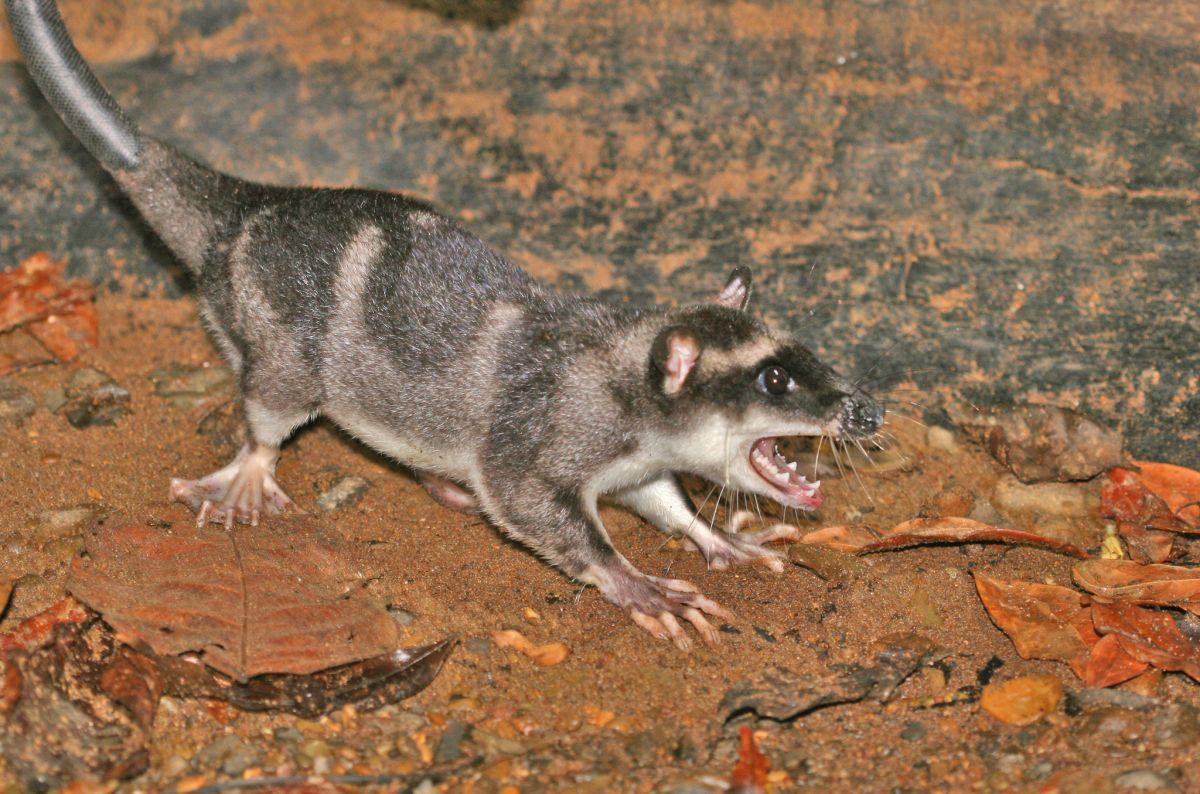
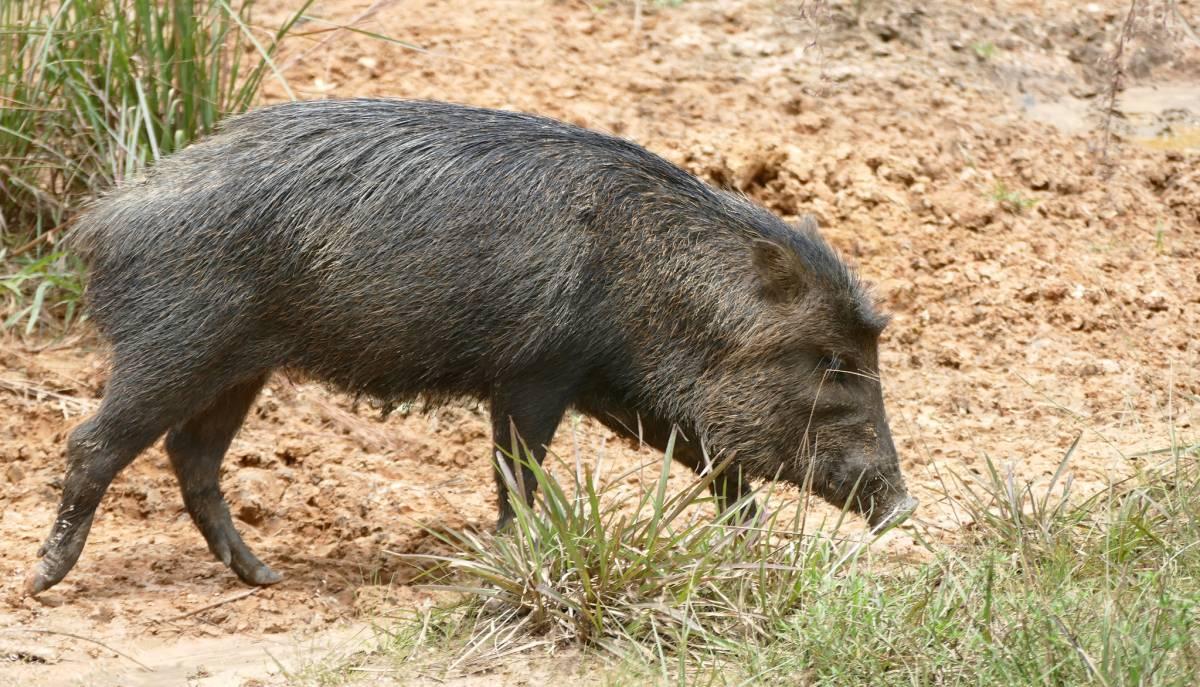
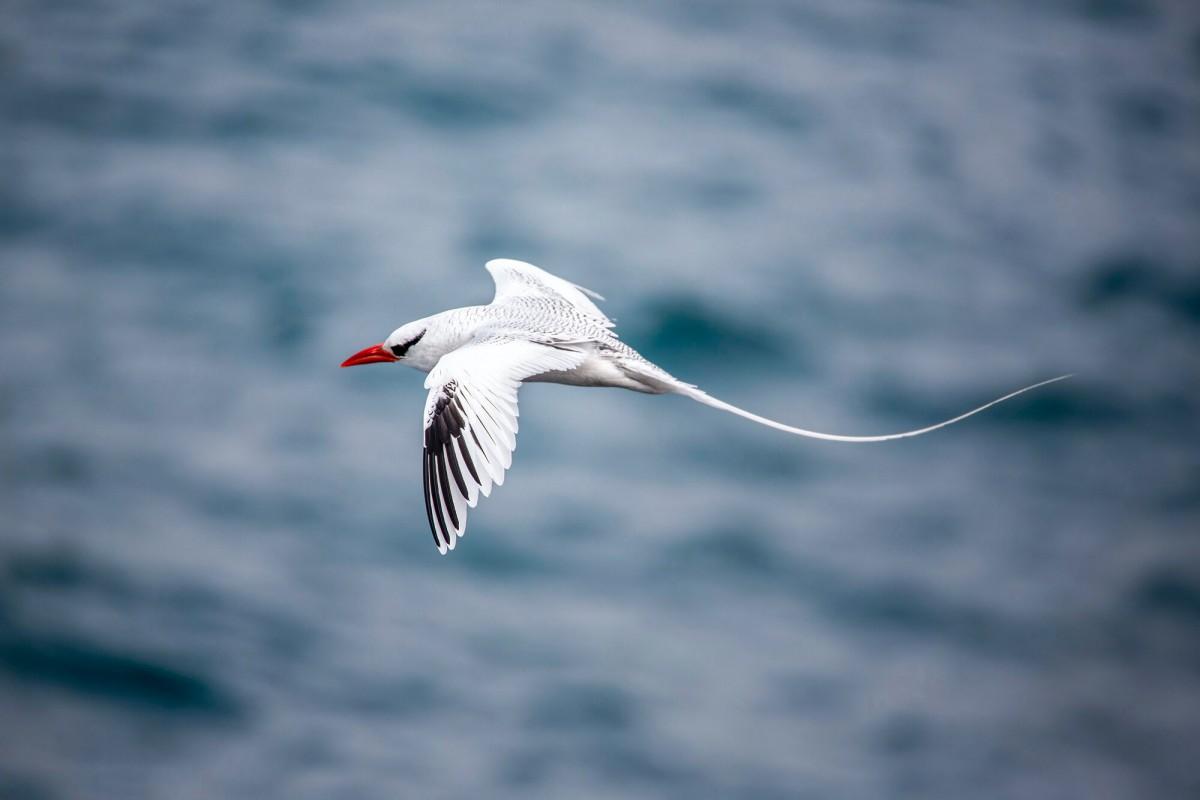
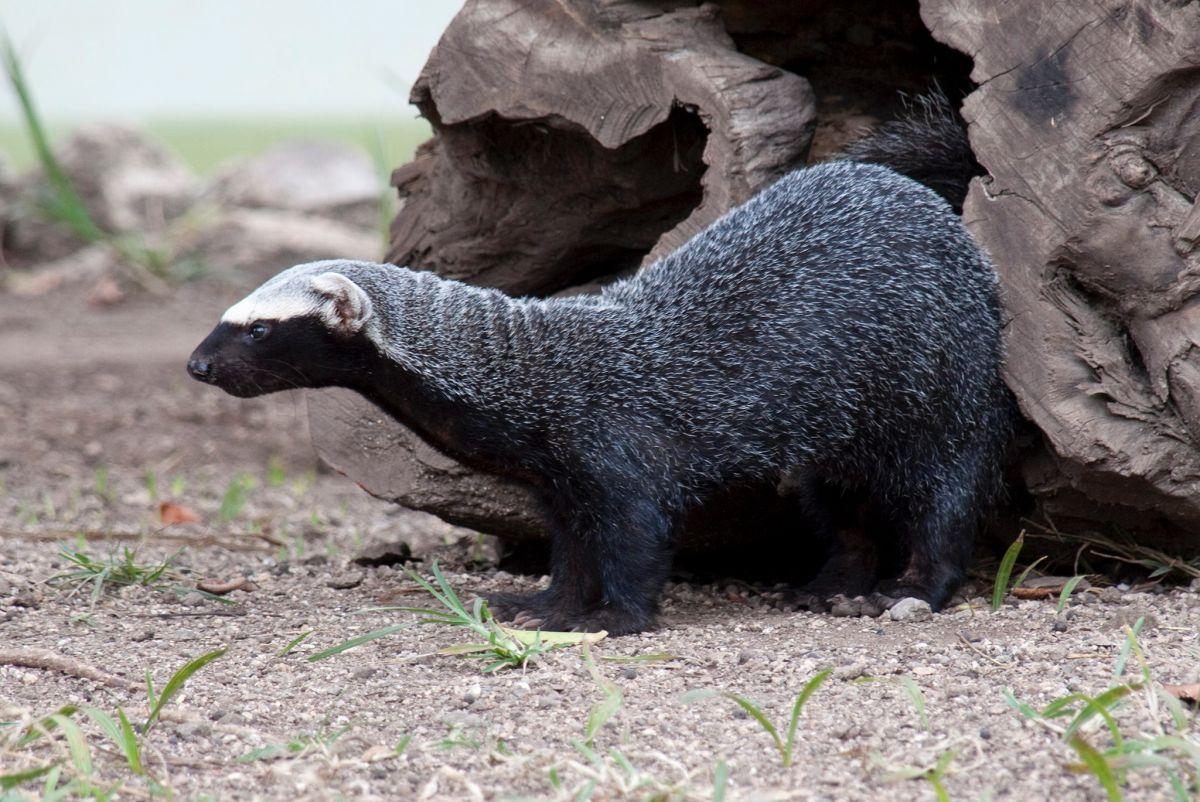
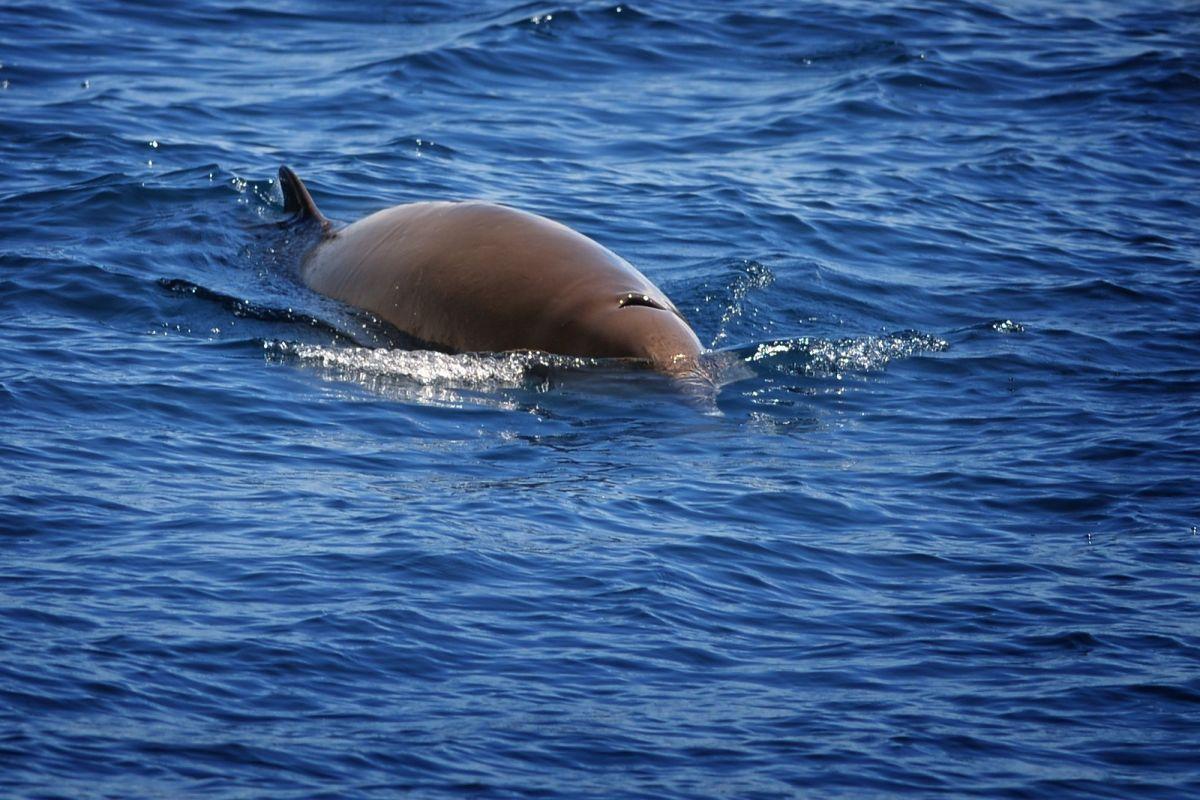
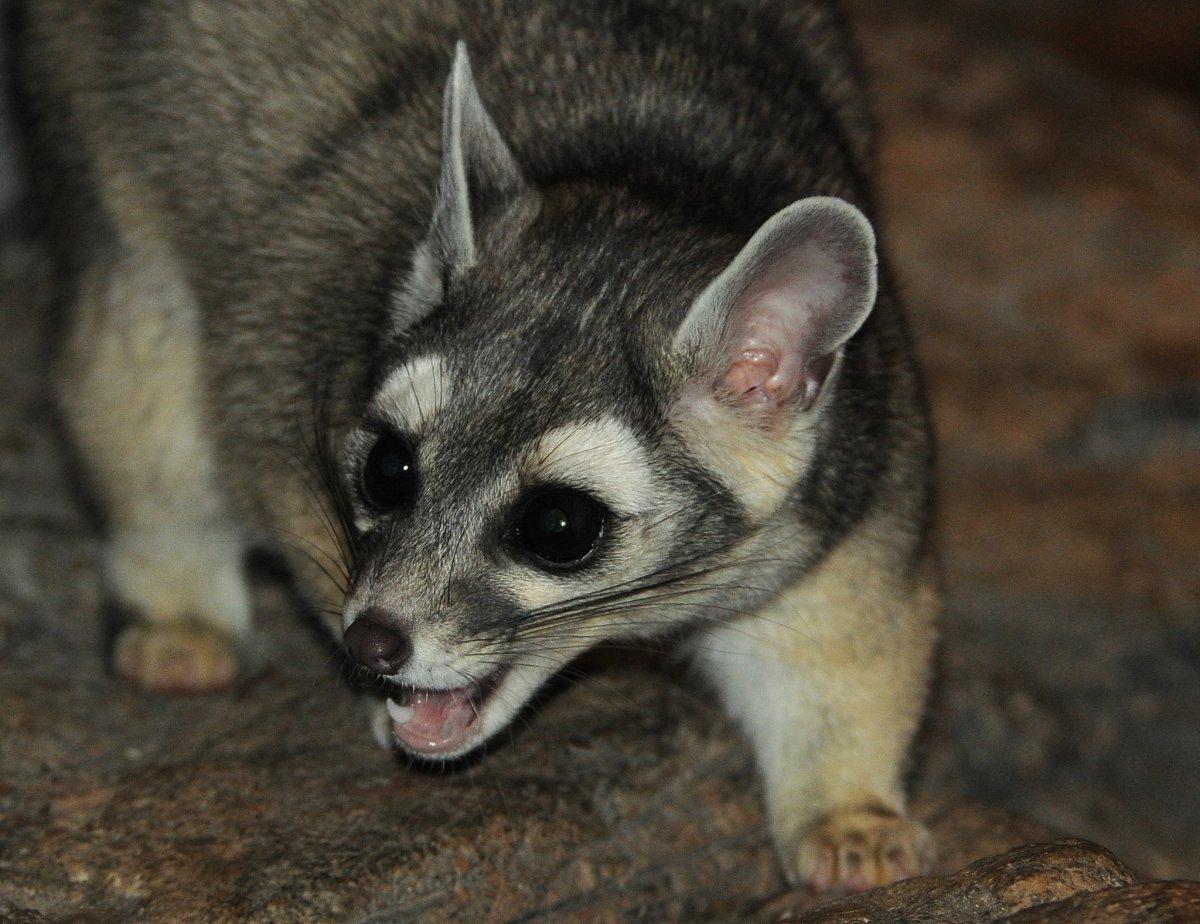
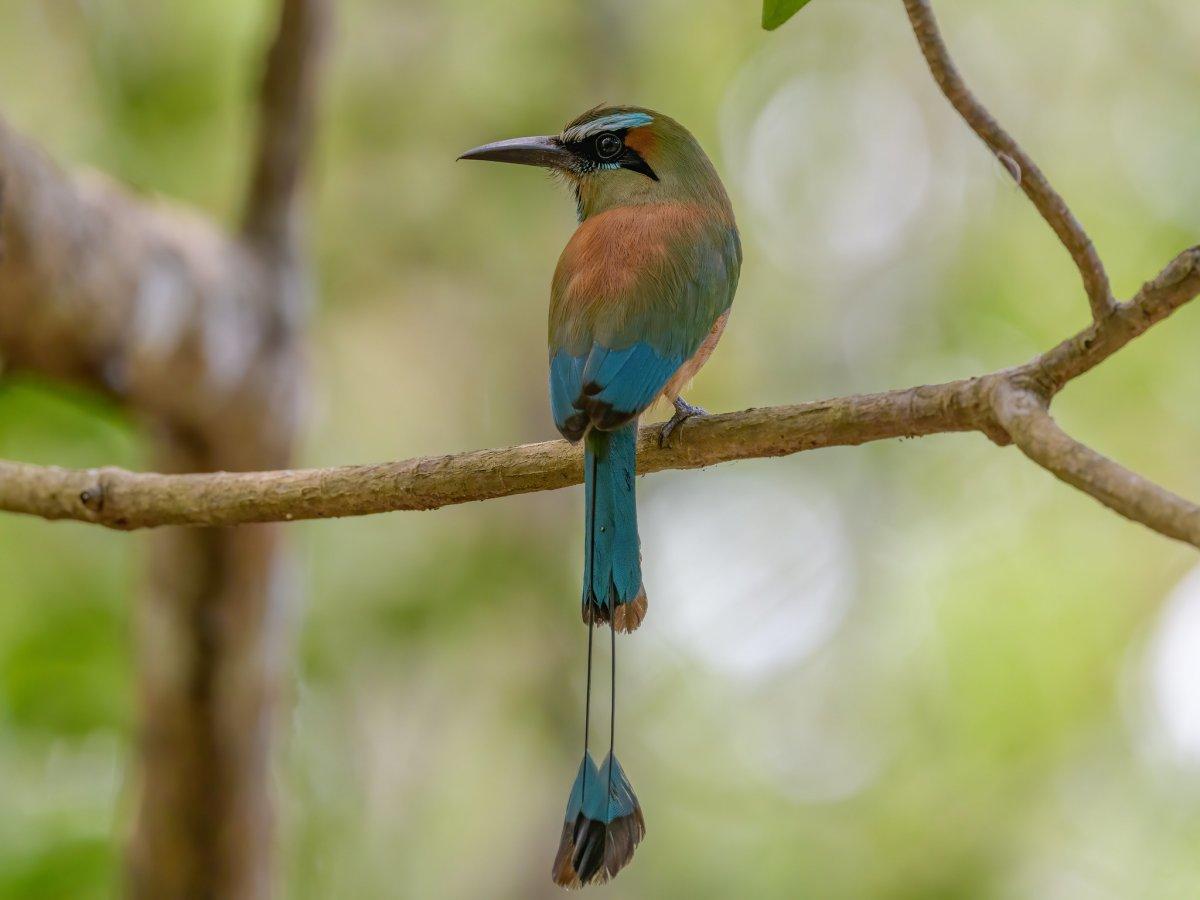

![21 Wild Animals in The Bahamas [Wildlife in The Bahamas]](https://www.kevmrc.com/wp-content/uploads/2022/08/21-wild-animals-in-the-bahamas.jpg)
![16 Wild Animals in South Australia [Wildlife in South Australia]](https://www.kevmrc.com/wp-content/uploads/2023/01/16-wild-animals-in-south-australia.jpg)
![10 Wild Animals in Solomon Islands [Wildlife in Solomon Islands]](https://www.kevmrc.com/wp-content/uploads/2023/01/10-wild-animals-in-solomon-islands.jpg)
You have put a picture of a serval and called it an ocelot. Very disappointing. As such, I won’t be reading your article because I can’t trust you know anything when you misidentify species.
Visiting El Salvador soon for my brother’s wedding. Might only have two
nature days. Like hiking and lakes but I’ll be staying in El Tunco as well. Seeking the best day trips.
So cool!!!?, Much better than the freaking Krappasians.